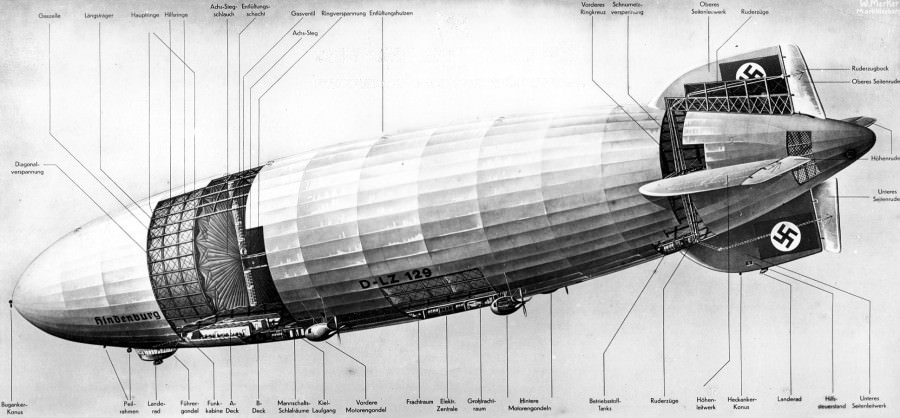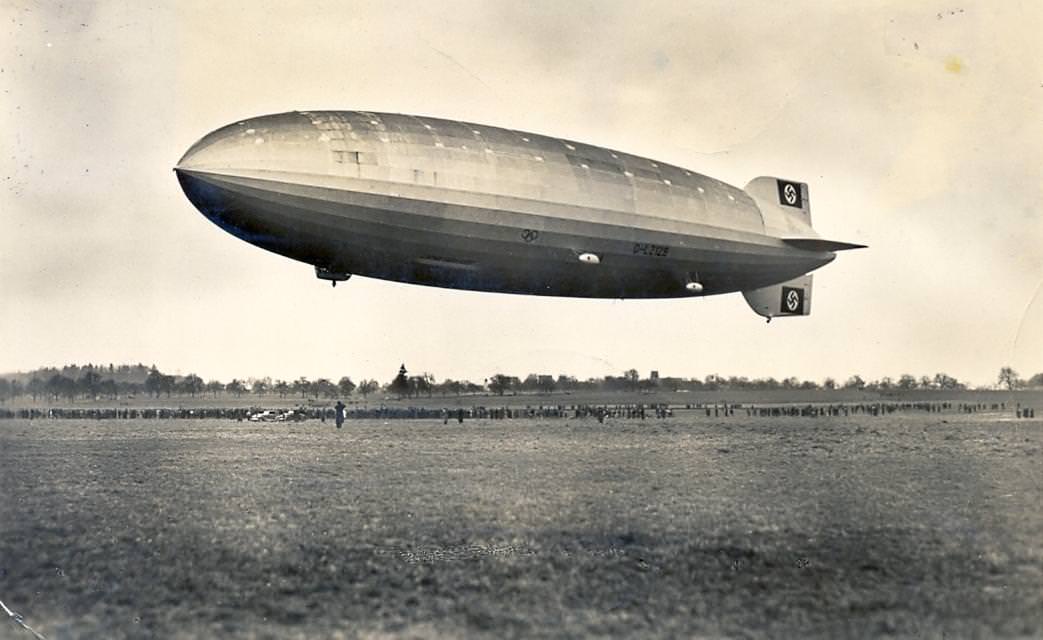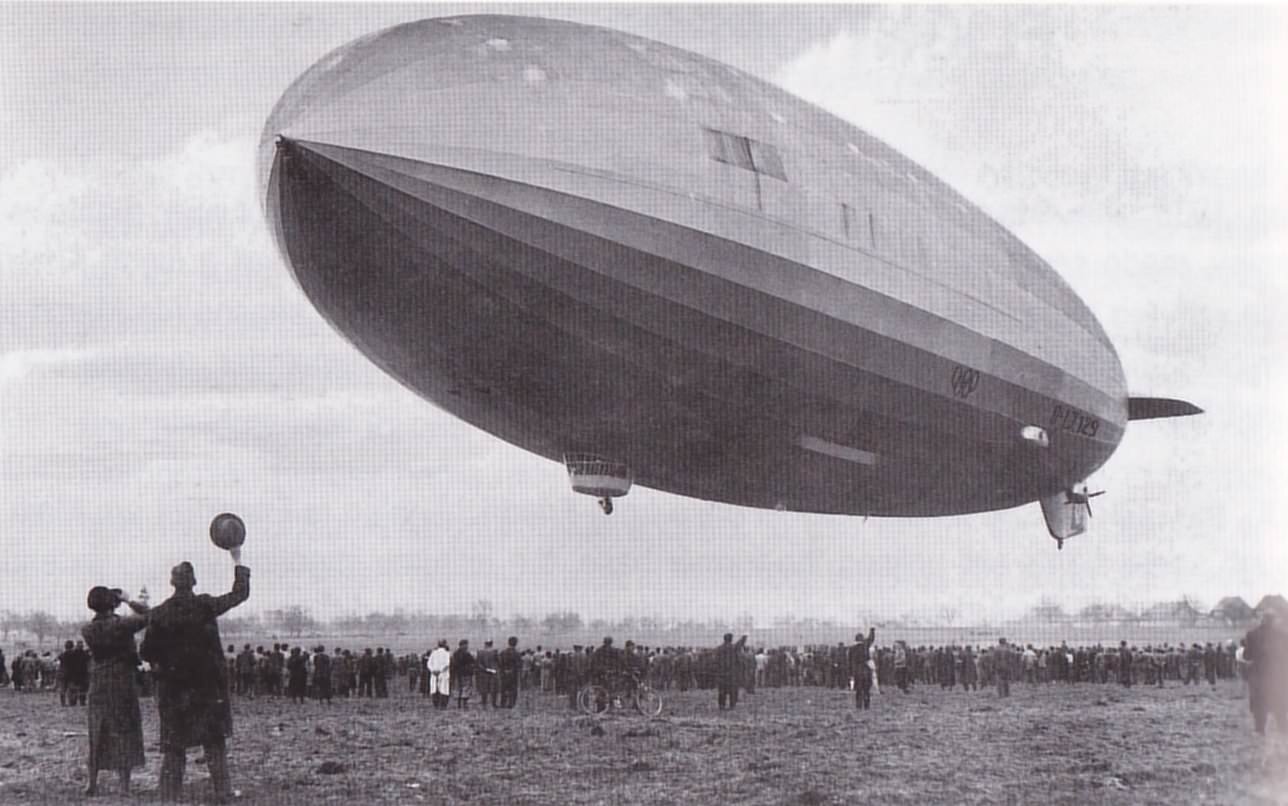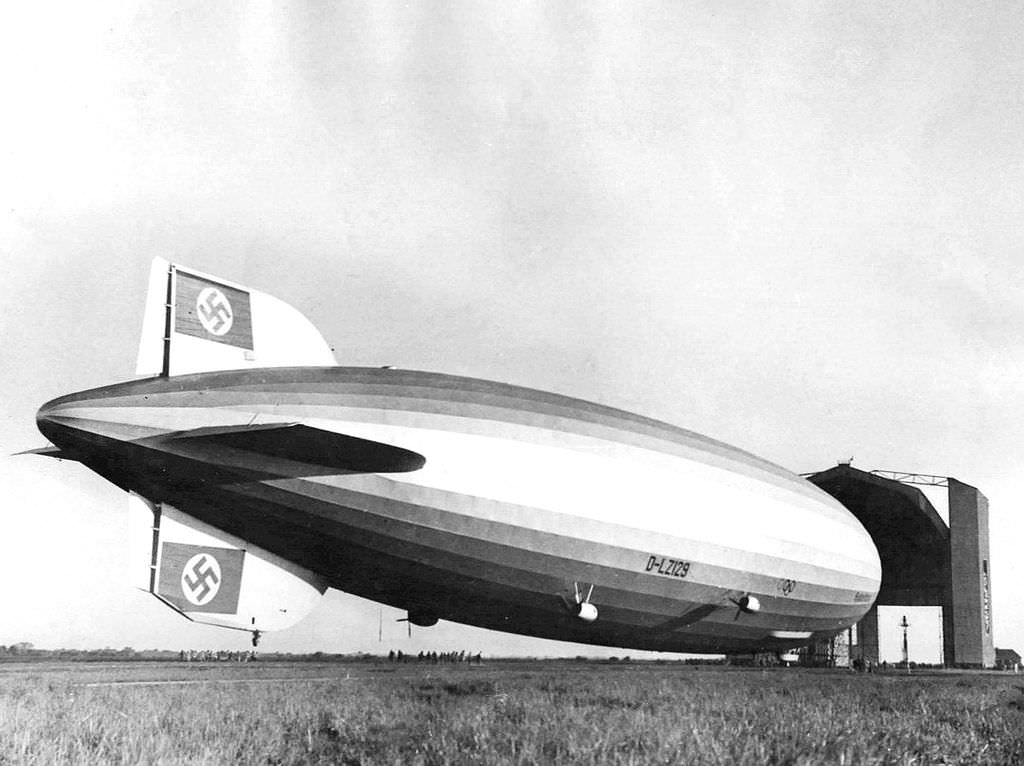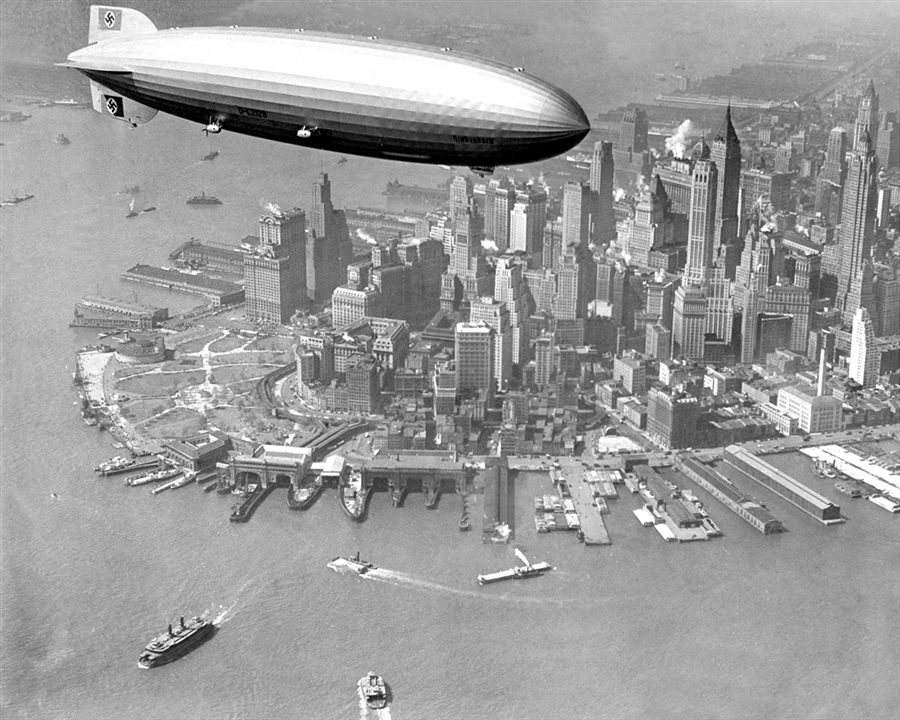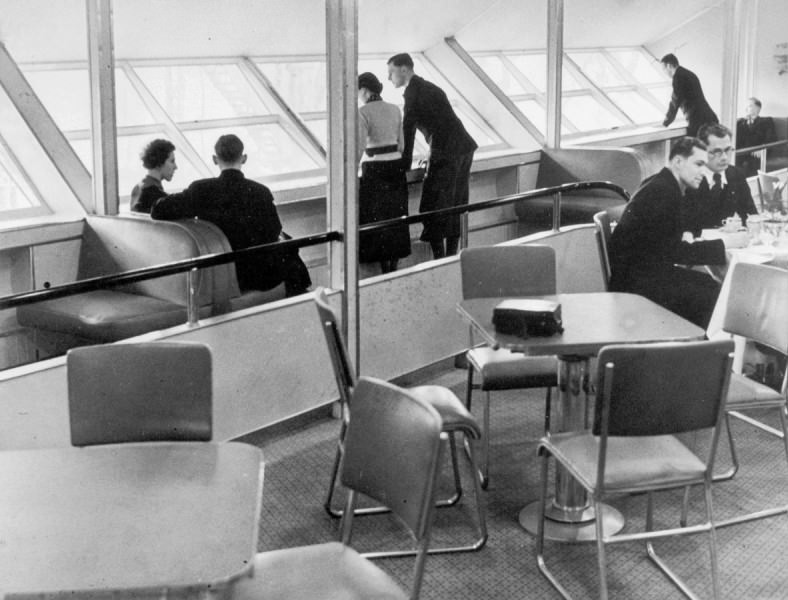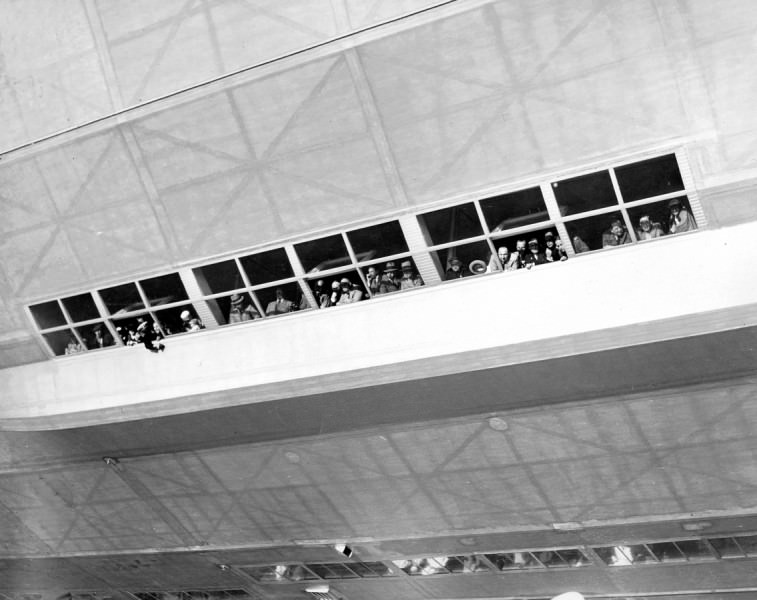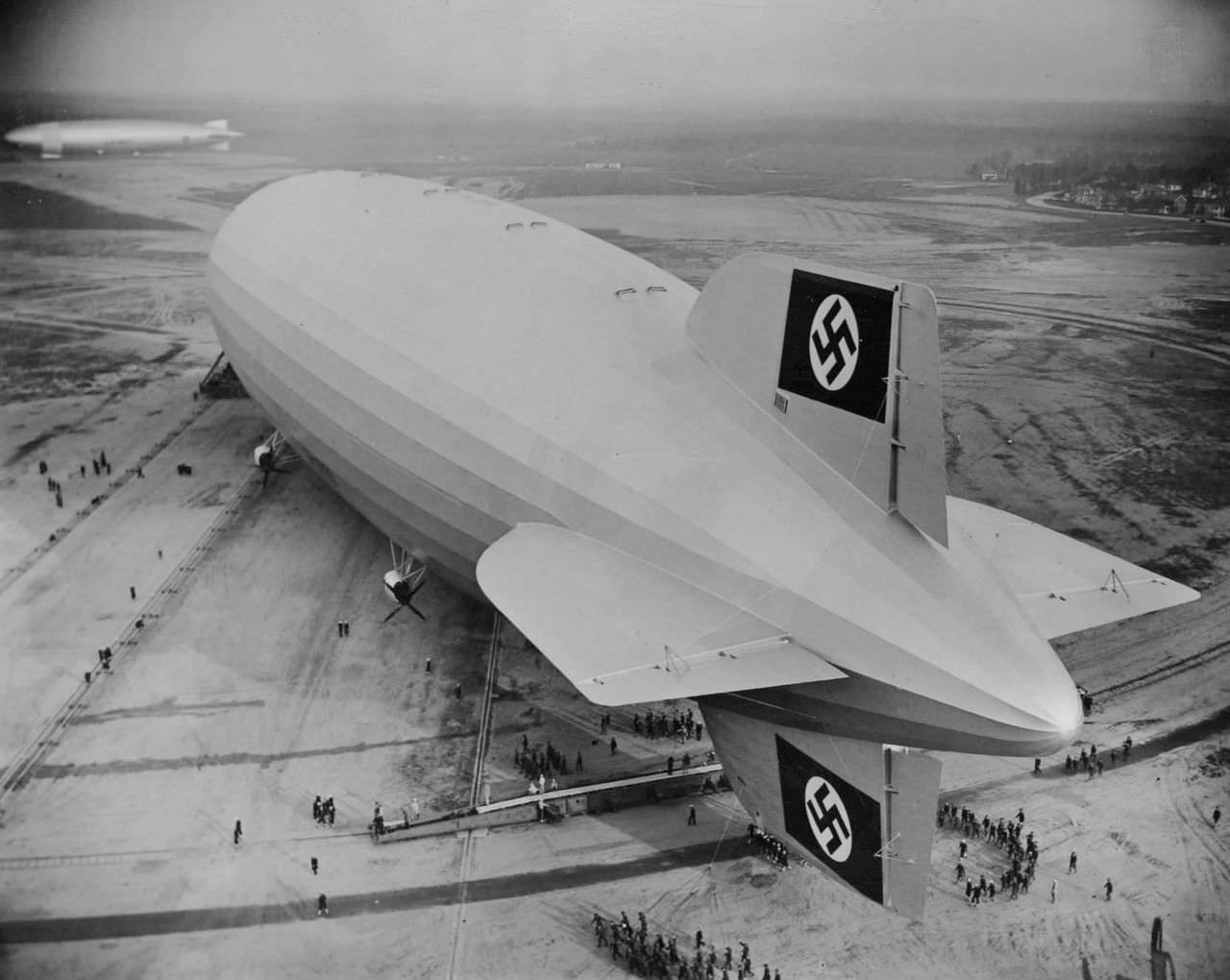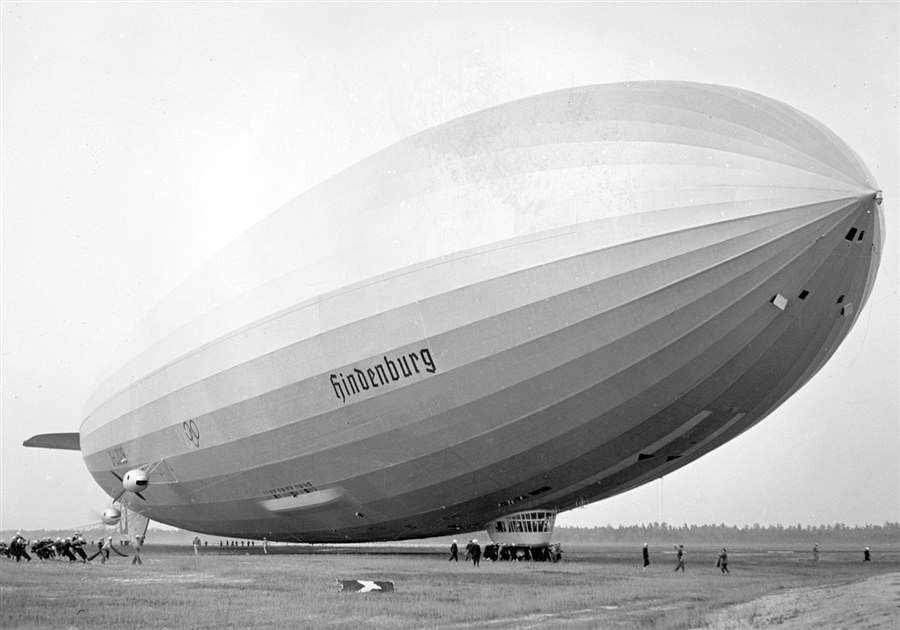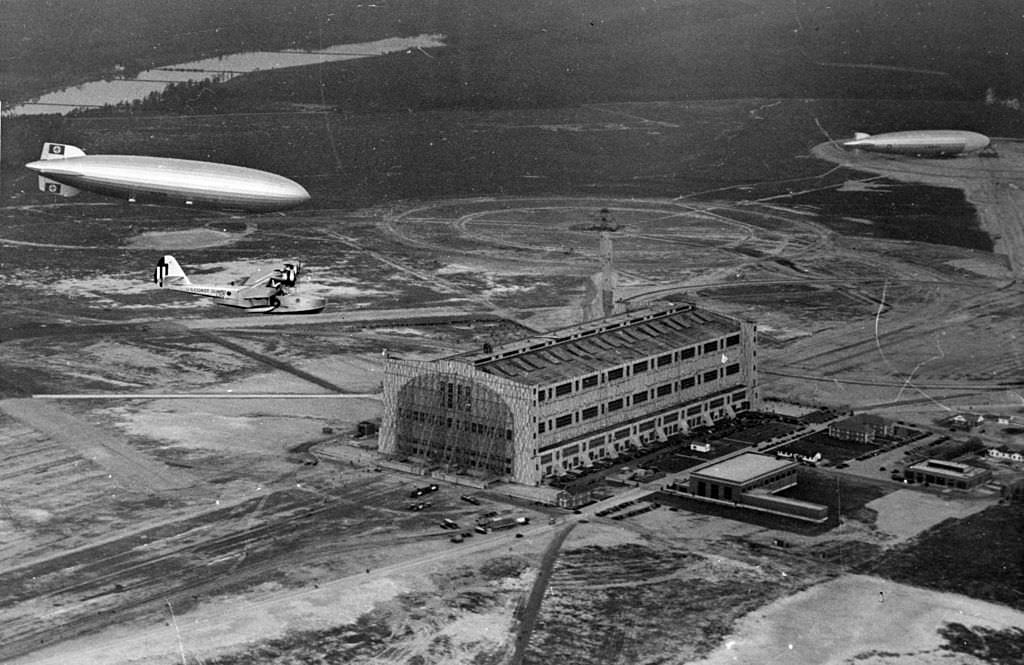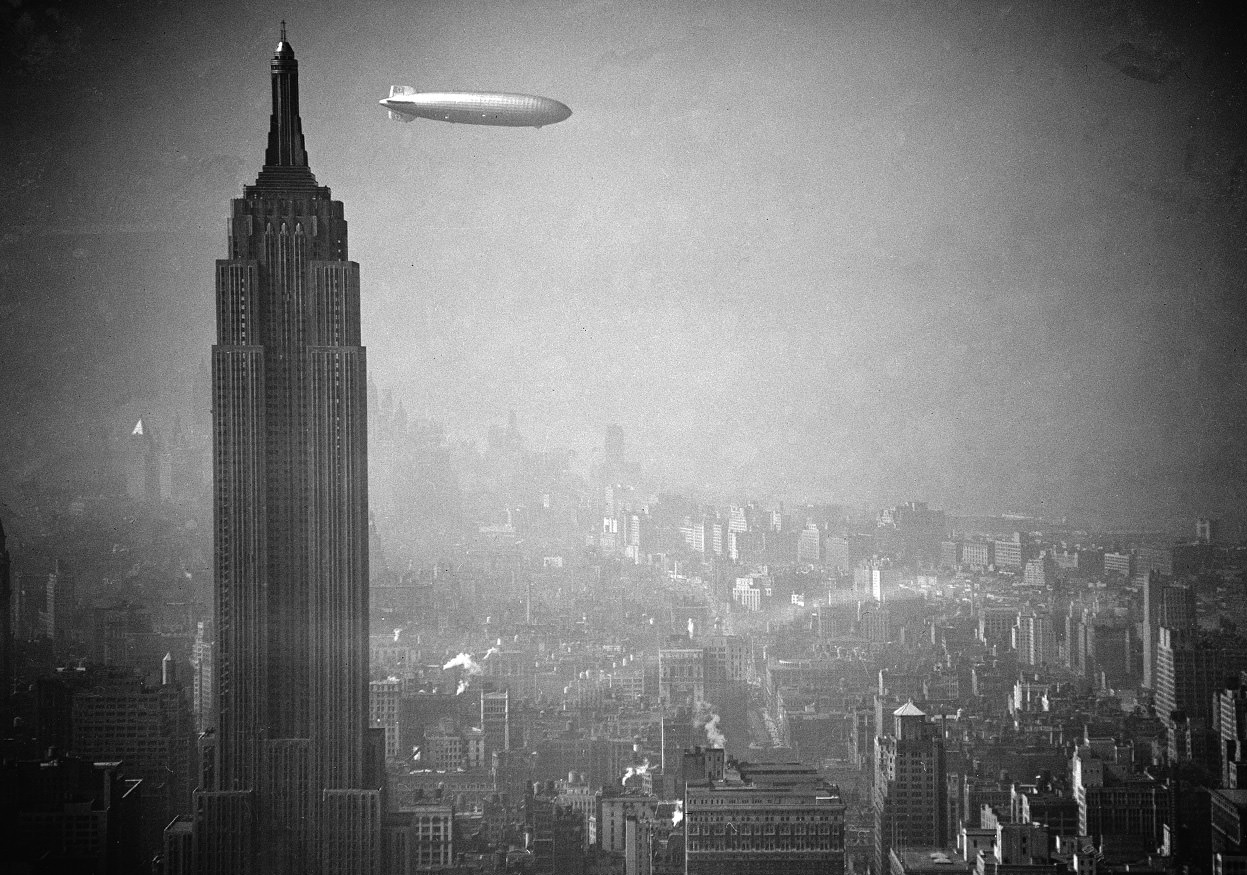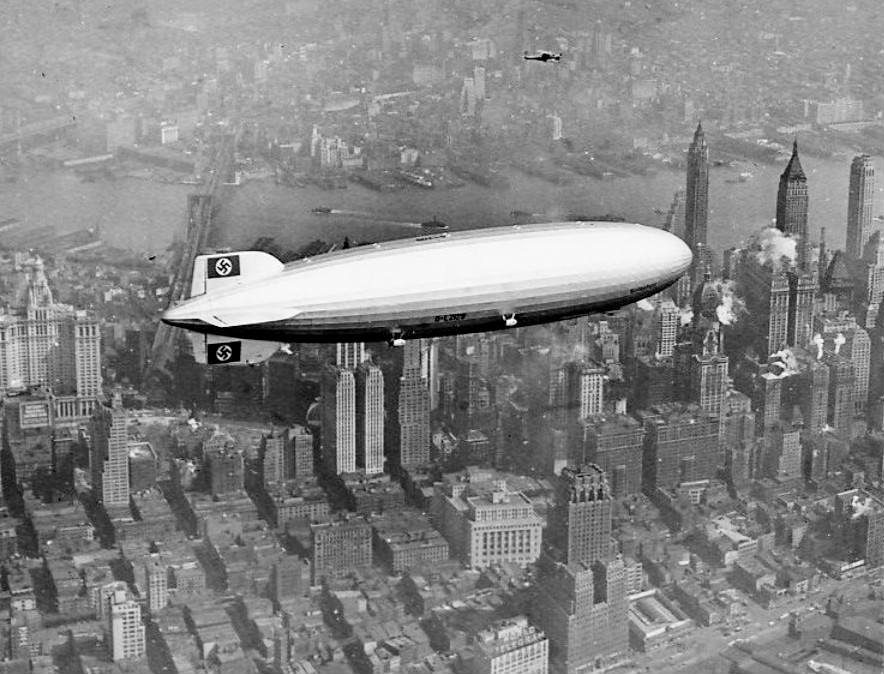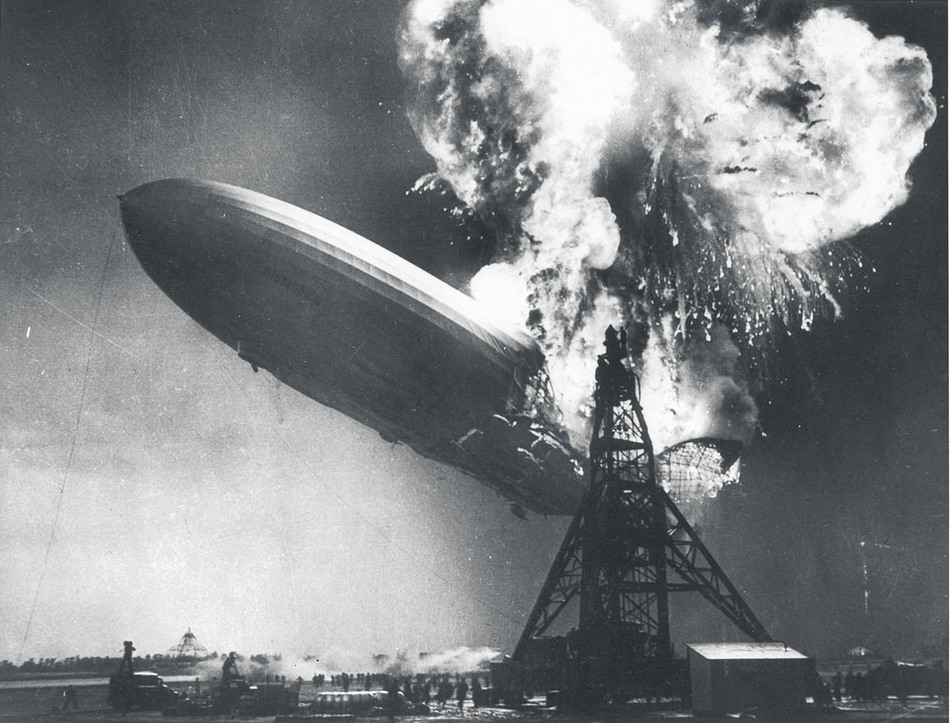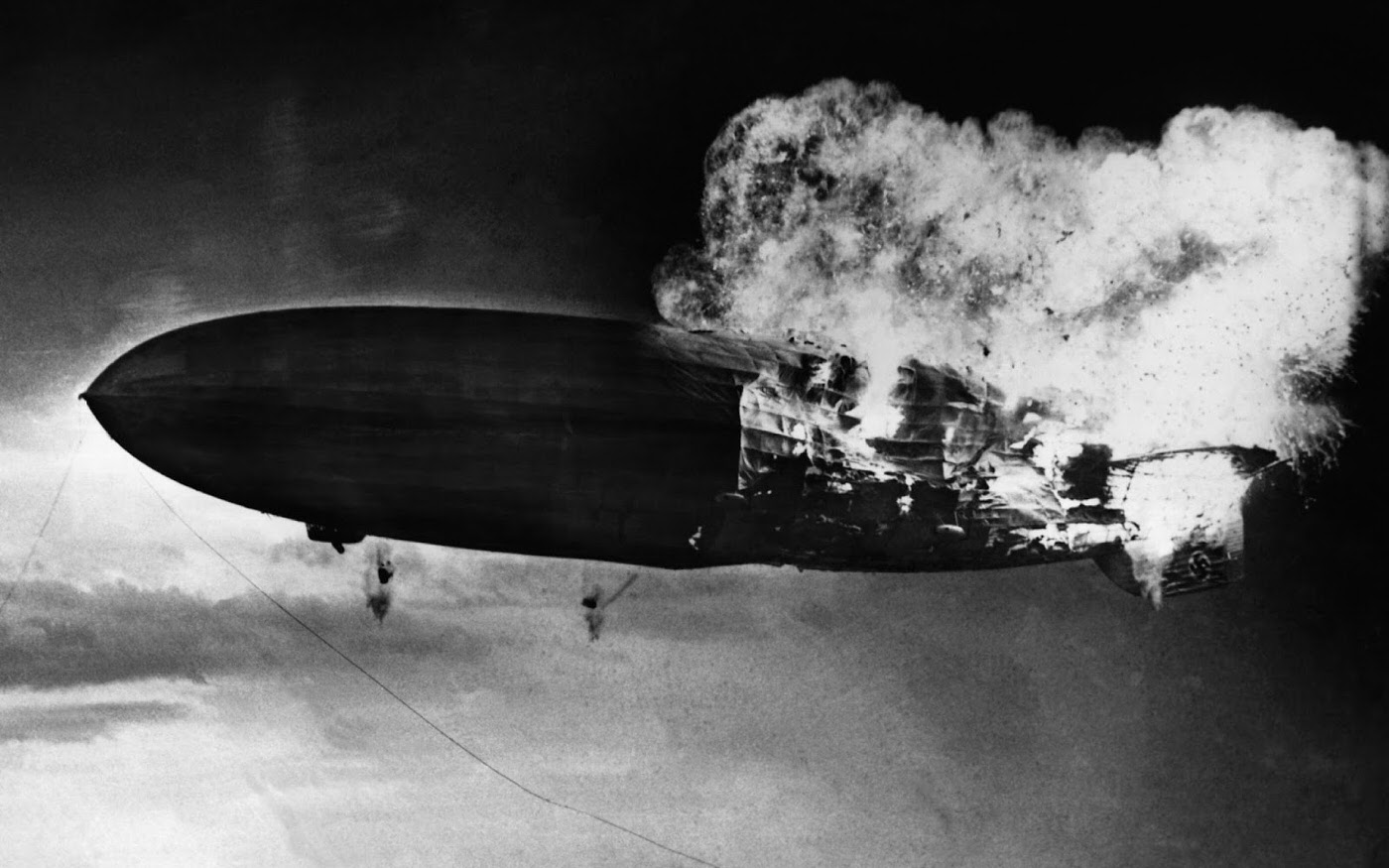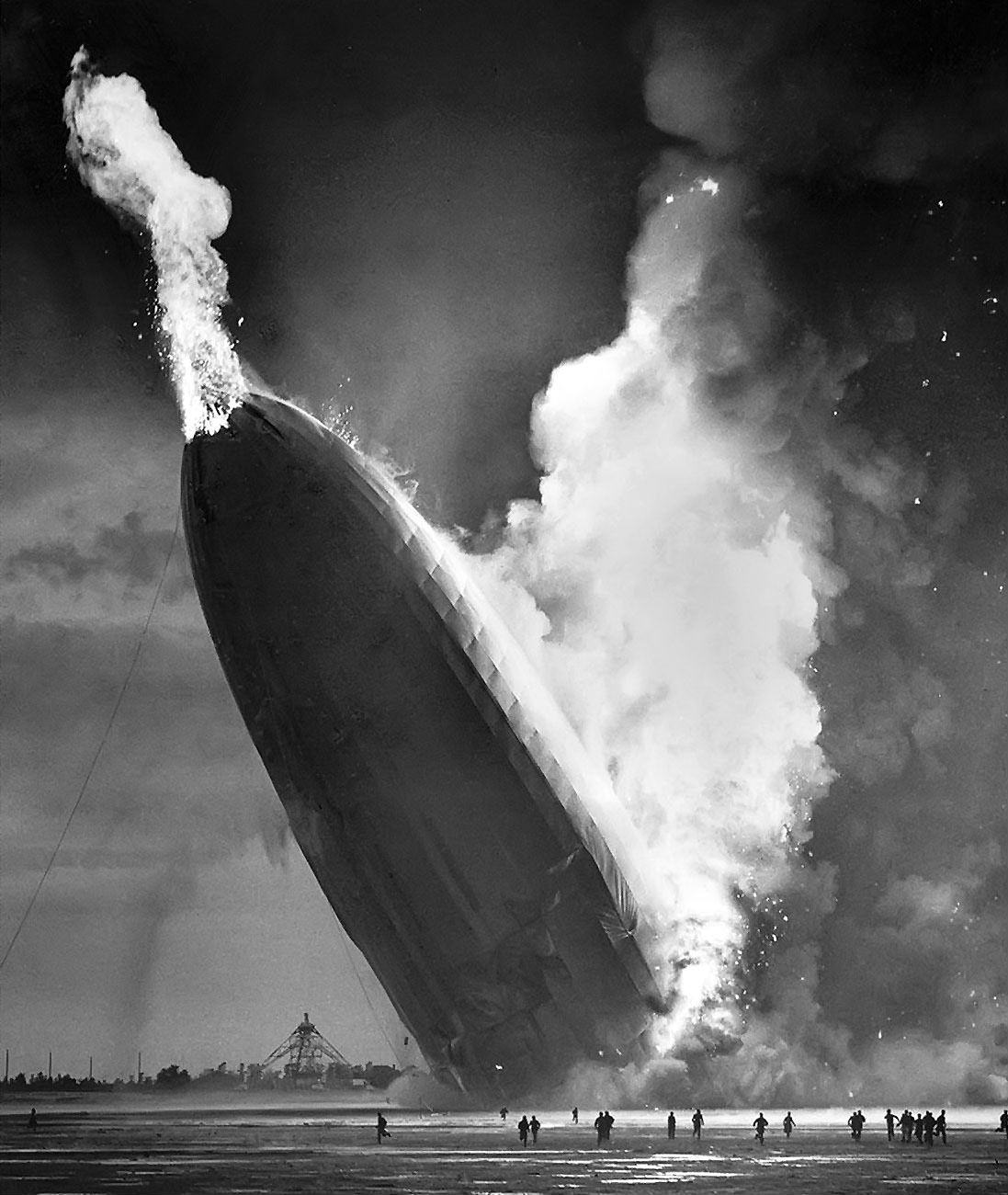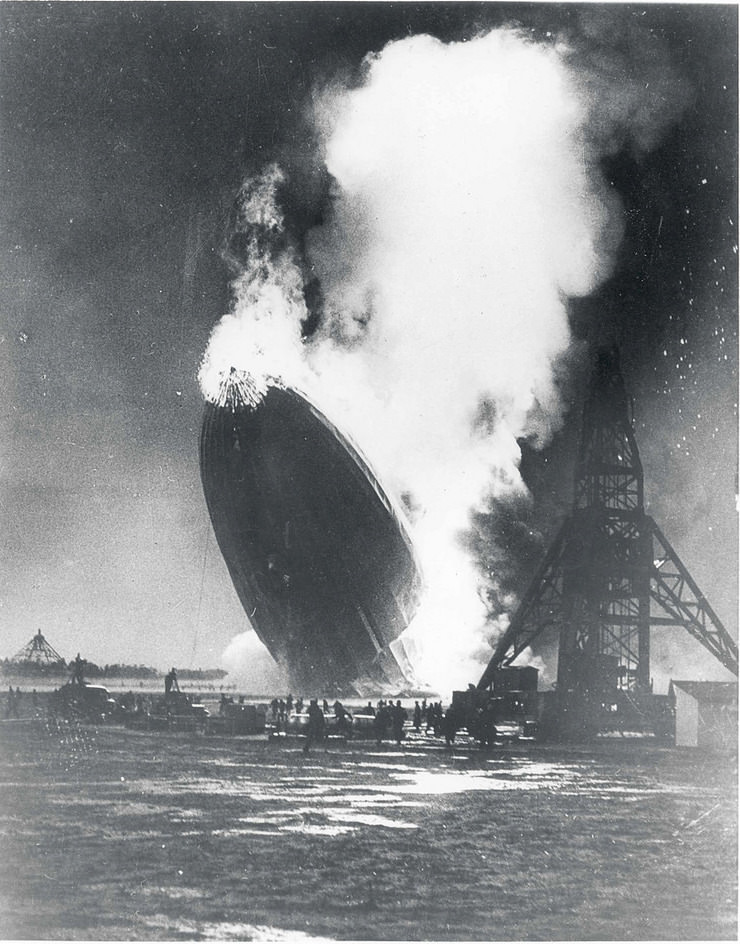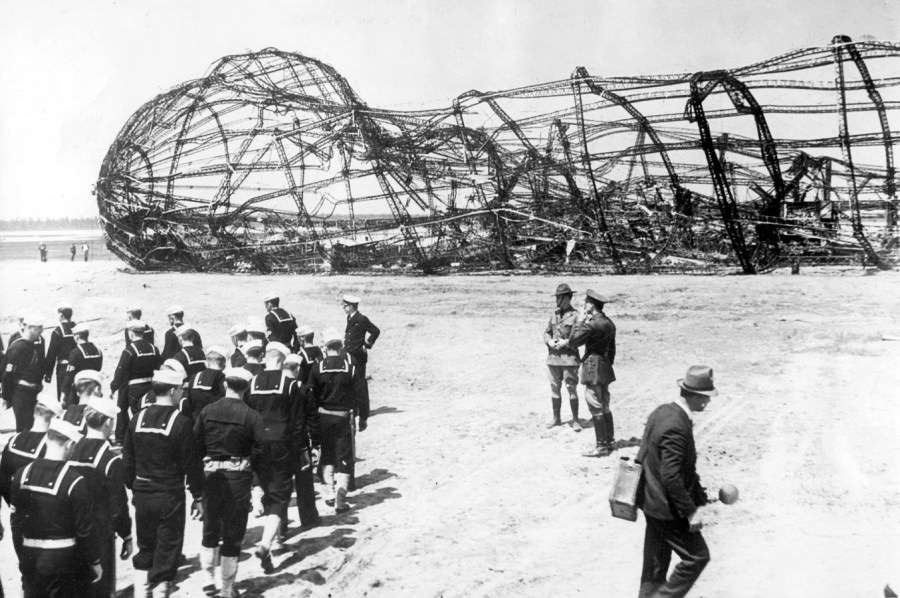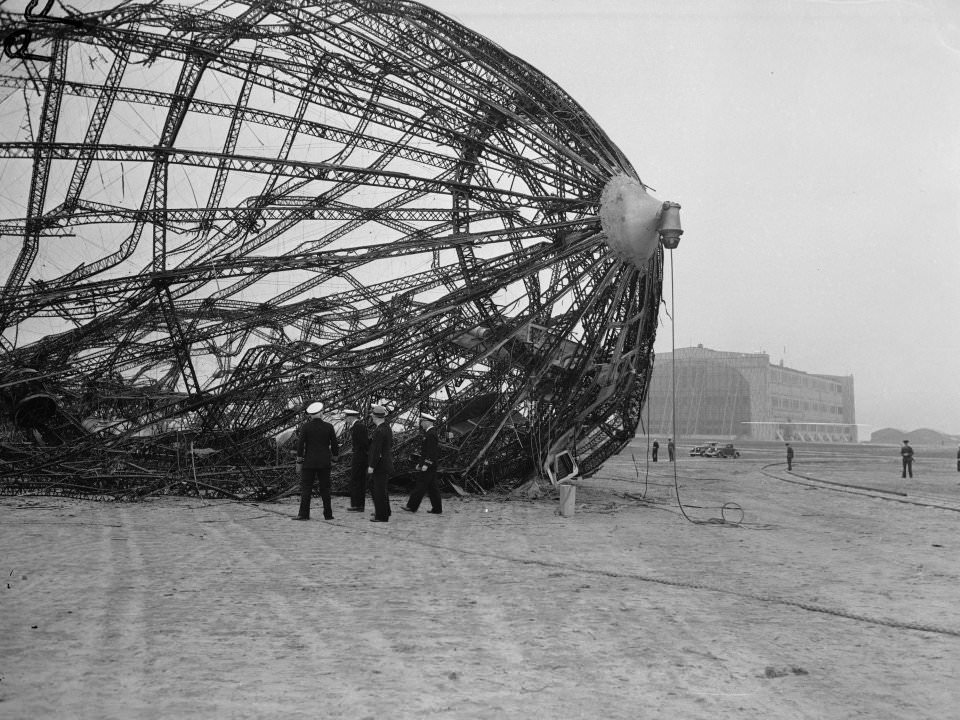When we think of air travel today, sleek, modern jets and high-tech drones often come to mind. But let’s wind back the clock and venture into an era where a different kind of giant ruled the skies – the iconic LZ 129 Hindenburg Airship. This colossal marvel of engineering, although short-lived, left an indelible mark on aviation history.
The Birth of the Hindenburg
The Hindenburg was born out of the ambitious vision of the Zeppelin Company. Its construction, which took place in Friedrichshafen, Germany, was an immense undertaking that pushed the boundaries of 1930s engineering. The assembly involved a myriad of workers meticulously piecing together its giant framework, which consisted of 15 ring-shaped structural elements made from duralumin, a light, strong aluminium alloy. The framework was then covered by a fabric outer shell painted with aluminium powder for reflectivity, assisting in temperature management for the airship.
Inside this titan were 16 gas cells filled with hydrogen, chosen for its superior lift capabilities, despite its known flammability risks. The Hindenburg was originally designed to use non-flammable helium, but export restrictions imposed by the United States, the sole producer of helium at the time, left the Germans with no alternative but to use hydrogen.
The passenger decks, situated within the airship’s lower portion, were constructed with the same lightweight duralumin used for the structure. Despite weight constraints, designers successfully incorporated luxurious amenities for passenger comfort.
A Hotel in the Skies
The Hindenburg was more than just an airship; it was essentially a flying hotel. With the capacity to accommodate around 70 passengers and over 40 crew members, it offered amenities that rivaled the luxury ocean liners of the time.
Passengers enjoyed private sleeping quarters, a dining room serving gourmet meals, a lounge with a grand piano, a reading and writing room, and even a smoking room – all meticulously designed for fire safety. Large windows provided passengers with breathtaking panoramic views as they cruised across continents.
Embarking on the Voyages
Once constructed, the Hindenburg was ready to conquer the skies. It embarked on its maiden voyage on 4th March 1936, a short promotional trip from Friedrichshafen to Lowental. The first commercial passenger flight took place later that month, on 31st March 1936, departing from Friedrichshafen to Rio de Janeiro.
The airship’s transatlantic journeys were particularly significant. The first of these, which occurred on 6th May 1936, marked the Hindenburg’s voyage from Germany to Lakehurst, New Jersey, USA, and the beginning of the first-ever scheduled air service across the North Atlantic.
In 1936, the Hindenburg completed 17 round trips across the Atlantic, ten to the United States and seven to Brazil, covering a distance of 308,323 km (191,583 miles) and carrying a total of 2,798 passengers. These journeys offered passengers a unique experience that combined the novelty of air travel with the luxury and comfort of a cruise liner.
The Hindenburg’s speed was one of its key selling points. It could cross the Atlantic in about half the time of the fastest ocean liner of that era. The eastbound trip from Lakehurst to Frankfurt am Main could be completed in approximately 50 hours, while the westbound trip from Frankfurt to Lakehurst took about 60-78 hours, depending on headwinds.
The Tragic End
Despite its grandeur and initial success, the Hindenburg is sadly remembered for its tragic end. On May 6, 1937, while attempting to dock at the Naval Air Station Lakehurst in New Jersey, the Hindenburg erupted into flames. Within roughly 30 seconds, the once magnificent airship was reduced to charred wreckage, claiming 36 lives.
The cause of the disaster remains a topic of debate among experts. Some suggest that a spark ignited the hydrogen gas that filled the airship, while others believe it could have been a form of sabotage. Regardless, the Hindenburg disaster marked the end of the era of passenger airships


